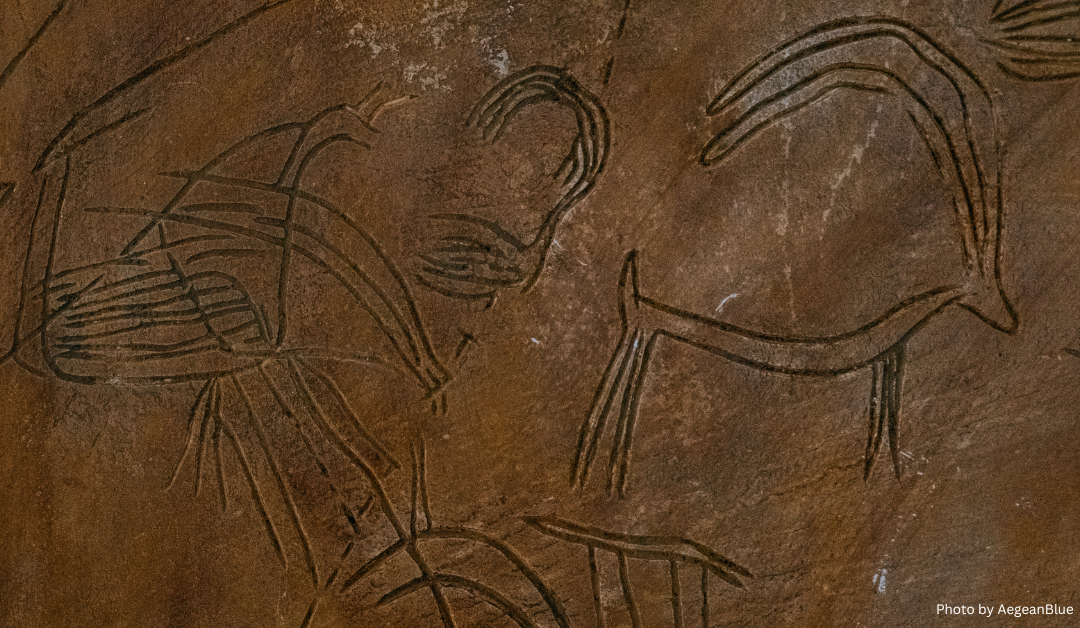July 2, 2024 | Smithsonian Magazine via UVic News
A new article from Smithsonian Magazine highlights a groundbreaking, forthcoming study suggesting that children from the Upper Paleolithic era may have crafted figurines from clay. This theory stems from fingerprints and scratch marks discovered on artifacts in the Czech Republic, implying that the soil was potentially used in a manner akin to modern-day Play-Doh. Dr. April Nowell of the University of Victoria (UVic) co-authored this study and was instrumental in its development and implementation.
Dr. Nowell identified a void in the archaeological record concerning the craft production by Ice Age children. This observation led her to propose that some ceramics unearthed at Czech sites could have been the handiwork of children. To validate this theory, she joined forces with Becky Farbstein, a renowned expert on Ice Age ceramics. Together, they meticulously analyzed Farbstein’s data on 489 ceramic artifacts, scrutinizing their size, assessing for asymmetry, and evaluating the intricacy of the figurine-making process. Dr. Nowell’s specialized knowledge in the study of Ice Age children proved vital in interpreting the data and deriving conclusions. This study signifies a paradigm shift in archaeology, acknowledging the contributions of children in prehistoric societies. Dr. Nowell’s pioneering work is leading this transformation. She posits that the choices made by children and teenagers can steer the course of human cultural evolution, and this study substantially bolsters that viewpoint.
Dr. April Nowell, a professor in the Department of Anthropology at the University of Victoria, is a distinguished Paleolithic archaeologist. Her research delves into the origins of art, symbol use, and language, the evolution of modern human cognition and behavior, Neanderthal lifeways, the archaeology of children, and the history of archaeological theory. With over two decades of experience teaching cave art classes, her current projects revolve around Ice Age children, Paleolithic art in Koonalda Cave in Southern Australia, and the Azraq Marshes Project in Jordan. Her team’s remarkable discovery of the world’s oldest identifiable blood on stone tools is a testament to her extensive research. Dr. Nowell has also authored numerous books and articles on these subjects.
For those interested in delving deeper into Dr. Nowell’s research, several of her open access articles are available in the online institutional repository, UVicSpace. Don’t miss this chance to explore the fascinating world of our prehistoric past through the lens of an expert.

